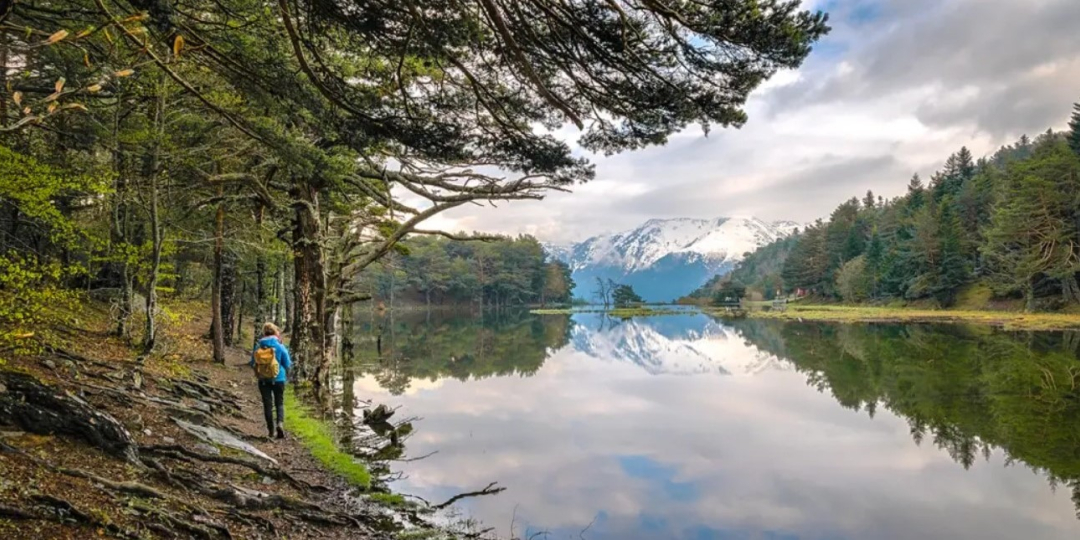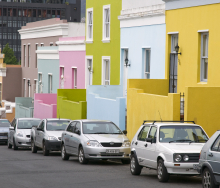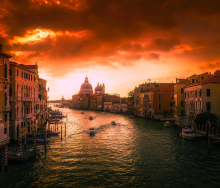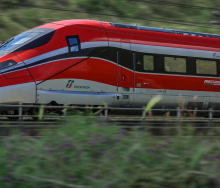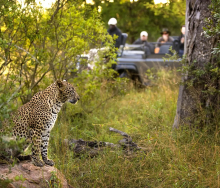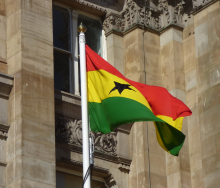UNESCO has approved the designation of 11 new biosphere reserves in 11 countries.
The other new biosphere reserves are located in Belgium, Gambia, Colombia, the Dominican Republic, Italy, Mongolia, the Netherlands, the Philippines, the Republic of Korea, Slovenia and Spain.
The World Network of Biosphere Reserves now totals 759 sites in 136 countries.
Each biosphere reserve promotes innovative local sustainable development solutions, protects biodiversity, and addresses climate disruption. They also support local and indigenous communities through practices such as agroecology, water management, and the generation of green income.
The 11 newly designated biosphere reserves are:
Kempen-Broek Transboundary Biosphere Reserve (Belgium and the Netherlands)
Kempen-Broek offers a captivating blend of natural wonders and human history, and is home to approximately 75 000 people, with tourism and agriculture being its economic pillars. It is also renowned as one of Belgium’s and the Netherlands' prime habitats for Dragonflies.
Darién Norte Chocoano Biosphere Reserve (Colombia)
This biosphere reserve boasts a mix of ecosystems ranging from lush tropical rainforests to marine areas. It also hosts species like the Harpy Eagle and Poison Dart Frogs. The archaeological park and museum are tourist destinations.
Madre de las Aguas Biosphere Reserve (Dominican Republic)
In the heart of the Dominican Republic, Madre de las Aguas Biosphere Reserve is an expanse that encompasses 11 provinces and 35 municipalities, sheltering a population of 472 526.
This territory is characterised by its diverse topography with an array of natural wonders ranging from plateaux to cascading waterfalls. The reserve features four distinct ecosystems which harbour 88 avian species, 20 of which are endemic and 17 under threat.
Niumi Biosphere Reserve (Gambia)
Stretching along the north bank of the Gambia River, the biosphere reserve lies adjacent to Senegal’s Delta de Saloum Biosphere Reserve in the north.
Within its boundaries, mangroves dominate the coastal areas and riverbanks, whereas downstream, red limestone formations punctuate tropical forests and open savannah woodland.
The biosphere reserve safeguards some of West Africa's last pristine mangrove forests, alongside the Bao Bolong Wetland Reserve and various State forests.
Colli Euganei Biosphere Reserve (Italy)
This landscape in the Veneto region of northeastern Italy is defined by 81 volcanic hills, including the Monte Venda which rises amidst thermal spas and verdant plains of olive groves and vineyards.
Spanning 15 municipalities, the area is rich in both natural and cultural heritage. The region's volcanic history and thermal waters contribute to its allure, making it the largest thermal basin in Europe.
Julian Alps Transboundary Biosphere Reserve (Italy and Slovenia)
This transboundary biosphere reserve is the result of the merger of two Slovenian and Italian biosphere reserves which had been designated in 2003 and 2019, respectively. The area boasts alpine mountains and karst plateaux dotted by waterfalls and pristine lakes. The rich biodiversity includes BrownBbears, Lynxes, Otters and Wild Cats.
Khar Us Lake Biosphere Reserve (Mongolia)
Situated in the western expanse of Mongolia, Khar Us Lake Biosphere Reserve occupies a vast depression within the Great Lake basin.
Its diverse ecosystems encompass aquatic realms, deserts, high mountain terrain and steppe landscapes. The biosphere reserve is not only a haven for rare and endangered species but also for cultural heritage, as it is home to diverse ethnic groups whose livelihoods revolve around a sustainable form of animal husbandry.
Apayaos Biosphere Reserve (Philippines)
This biosphere reserve in the Province of Apayao is divided into two distinct regions: the Upper Apayao sports rugged terrain with towering peaks, plateaux and valleys, whereas the Lower Apayao features flatlands with rolling hills and plateaux. Stretching 180km, the Apayao River serves as a vital watershed, nurturing 18 tributaries across the province. It also serves as a refuge for critically endangered species like the Philippine Eagle.
Changnyeong Biosphere Reserve (Republic of Korea)
Located in the central northern region of Gyeongsangnam-do Province, Changnyeong Biosphere Reserve forms a tapestry of biodiversity and cultural heritage. It encompasses habitats ranging from the lush forests of Mount Hwawang to the Upo Wetland and agricultural croplands. It also serves as a sanctuary for several species, including the endangered Crested Ibis.
Val d'Aran Biosphere Reserve (Spain)
Nestled at the western frontier of the Catalan Pyrenees, the biosphere reserve serves as Catalonia's sole north-facing valley. Its unique position as a watershed between the Mediterranean and Atlantic realms means that it features diverse climatic and biological landscapes.
It is also a bastion of Occitan cultural and linguistic heritage.
Irati Biosphere Reserve (Spain)
Irati Biosphere Reserve is located within the mid-mountain expanse of the western Pyrenees.
Its expansive forests are dominated by Beech and Beech-Fir, making it the second-largest Beech forest in Europe.
